Author Guest Post: James Goulty
Naval Eyewitnesses: The Experience of War 1939-1945
Having already researched and authored The Second World War through Soldiers’ Eyes and Eyewitness RAF with Pen and Sword, I was keen to write a book on wartime naval life when the opportunity arose. As with my other books, the intention was to provide a vivid survey of wartime experience, in this case with the Royal Navy (RN) and Merchant Navy. Consequently, the narrative is based around accounts of those that witnessed the war first-hand. In this regard the oral history collections held by the Imperial War Museum in London and Second World War Experience Centre in Otley were immensely useful, and I am extremely grateful to them for allowing me to quote from their material. Likewise, personal papers held by the Second World War Experience Centre, and published works, notably naval histories, personal memoirs and reference works were invaluable. I was also able to draw on extensive interviews and conversations that I’d had with George Henderson, a wartime RN veteran who I had contacted via the Royal British Legion. You can read about his experiences in the book, and in a separate blog published by Pen and Sword. As the Preface to the book explains, all sources are attributed in the relevant chapter notes and bibliography.
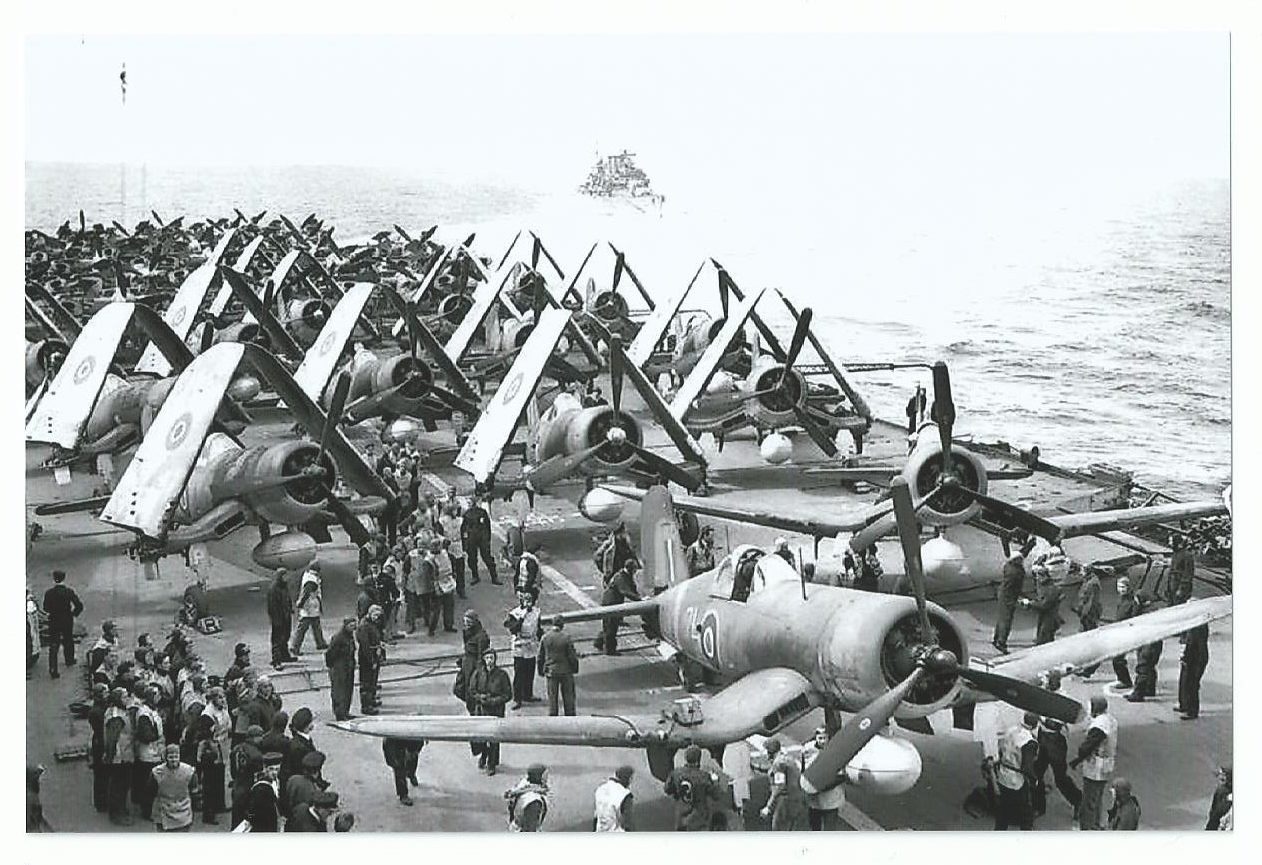
Sadly with the passage of time the numbers of surviving wartime veterans able to tell their stories is rapidly dwindling. Hopefully my book provides a fitting tribute to that generation as well as being an accurate record of their experience. Many in the wartime RN were volunteers, and owing to the sense of tradition associated with the Senior Service, it proved popular among would be recruits. Men and women were also motivated to volunteer so that they had a degree of control over their destiny rather than wait to be conscripted. One of the challenges facing the RN was to absorb these individuals alongside conscripts, all of who had signed up for the duration of hostilities only (HO). These individuals in turn served alongside regular personnel and reservists. By mid-1944 strength was over 863,000, including 72,000 members of the Women’s Royal Naval Service, better known as the Wrens. Women became involved in everything from code-breaking to servicing motor torpedo boats, and by the end of the war Wrens were an indispensable part of almost every naval establishment ashore. Although they didn’t go to sea aboard warships, some did serve as communications personnel aboard liners converted to troopships, while others formed the crews for small boats ferrying mail to warships or bringing personnel ashore etc.
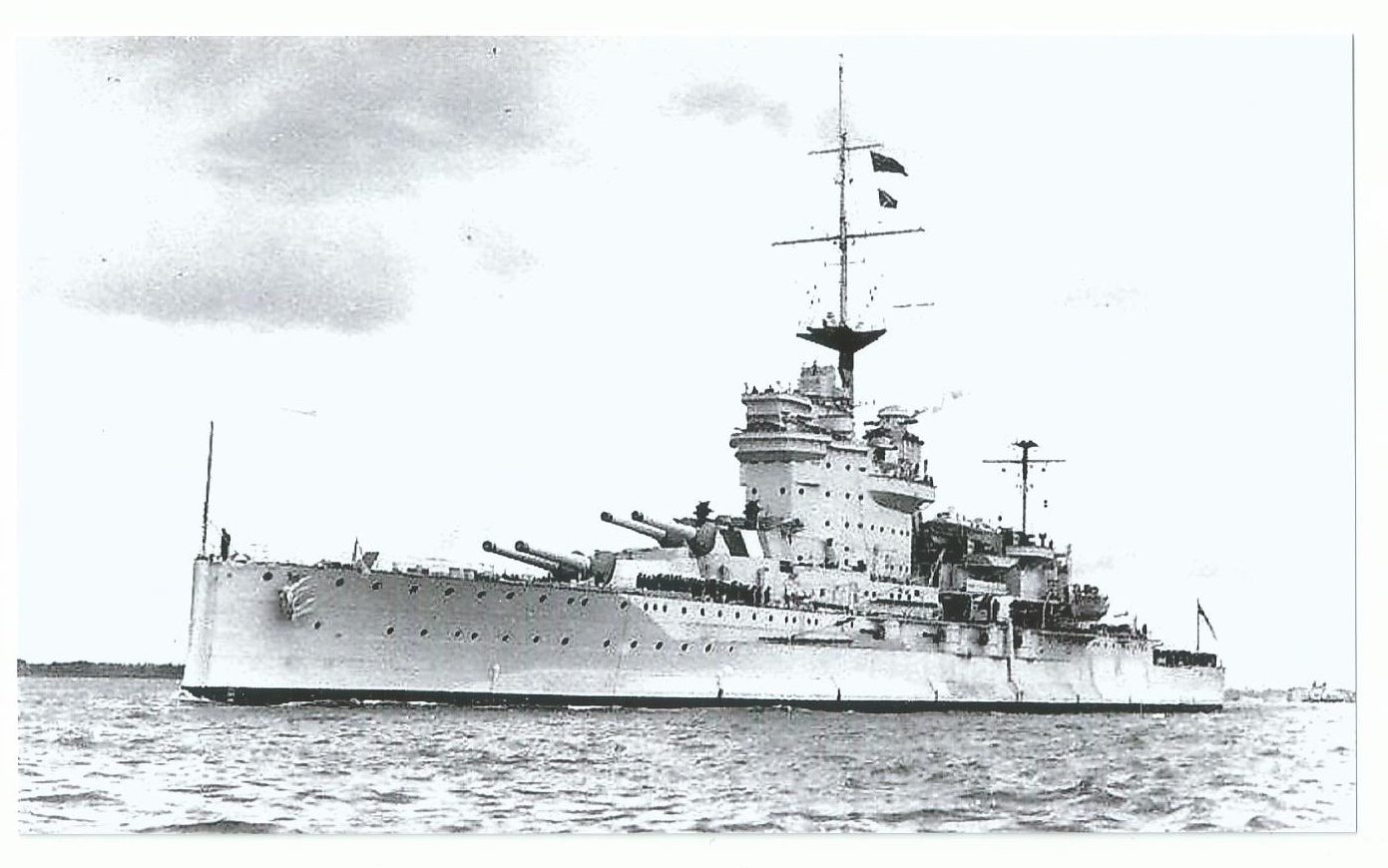
Similarly, in the Second World War, Britain had a large merchant fleet of around 185,000 men. At this time Britain was still an imperial power, with interests spanning the globe. One of the key factors in binding the Empire together and protecting the homeland was the RN, which simultaneously enabled the merchant fleet to have the freedom to manoeuvre the world’s oceans. One of the impacts of the war was that out of practical necessity, the loyalties a merchant seaman had to a particular shipping company became diluted, as once the pool system was introduced he’d await ashore for the next available ship, regardless of who the operator was.
Each time a sailor or merchant seaman ventured forth on a convoy or in any other operation, he potentially risked death or injury at the hands of the enemy. Over 50,000 RN personnel were killed during the war, and 1,525 ships of all types lost. Equally, the Merchant Navy suffered huge losses, with at least 28,000 seafarers aboard British ships being killed and thousands more dying from wounds or as a result of accidents and over 21 million tons of merchant shipping was sunk.
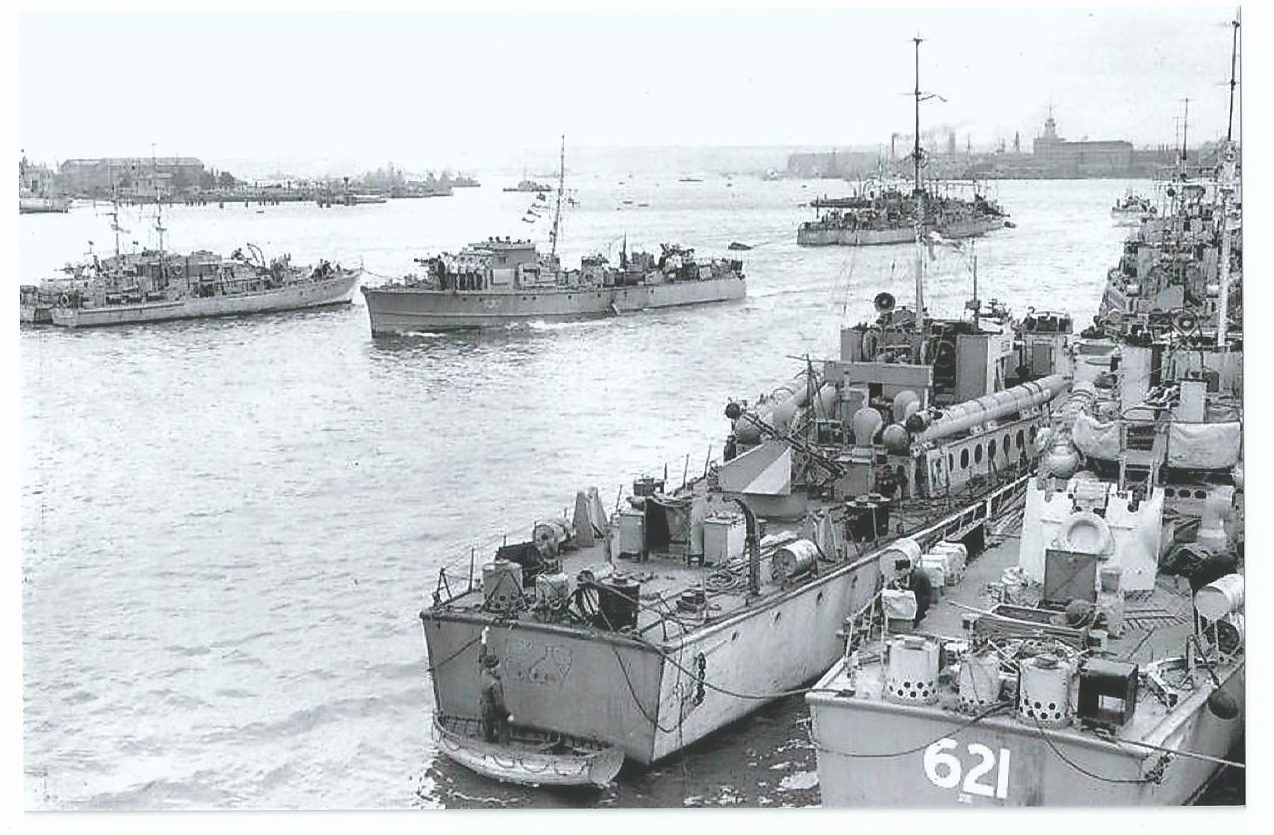
The book contains a Timeline that will provide readers with a chronological framework covering major events in the war at sea during 1939-1945. It is arranged into seven chapters. Chapter One ‘Big Ships and Smaller Vessels’ draws upon an observation made by wartime naval veteran George Mack that there was a distinct difference between ‘big ship men’ and ‘little ship men.’ The former served aboard battleships and cruisers, large vessels, where discipline was strict, and typically a stark social divide between officers and ratings existed. Contrastingly, on little ships such as destroyers, corvettes, and sloops officers and ratings were crammed together, and tended to share and endure greater hardships. Continuing with the ‘big ship-little ship’ theme, the chapter goes on to discuss service aboard minesweepers, and highlights the roles of the Royal Naval Patrol Service, that operated a rickety fleet of former fishing vessels, and Coastal Forces, that deployed high performance motor torpedo boats and other coastal craft on seemingly glamourous operations, and attracted high quality personnel.
Chapter Two deals with life aboard aircraft carriers both from the perspective of their crews and squadrons from the Fleet Air Arm that were posted to them. A further strand to the chapter, discusses the various naval aircraft that were employed, through the eyes of those that flew and maintained them. It also includes material on training and operational experience. Chapter Three discusses underwater warfare and anti-submarine warfare, a crucial aspect to winning the Battle of the Atlantic. Notably, there is coverage of submariners, including the crews of X-Craft (miniature submarines), and Charioteers. The Chariot was an underwater craft on which two frogmen sat astride, and would target enemy shipping with an explosive charge they carried.
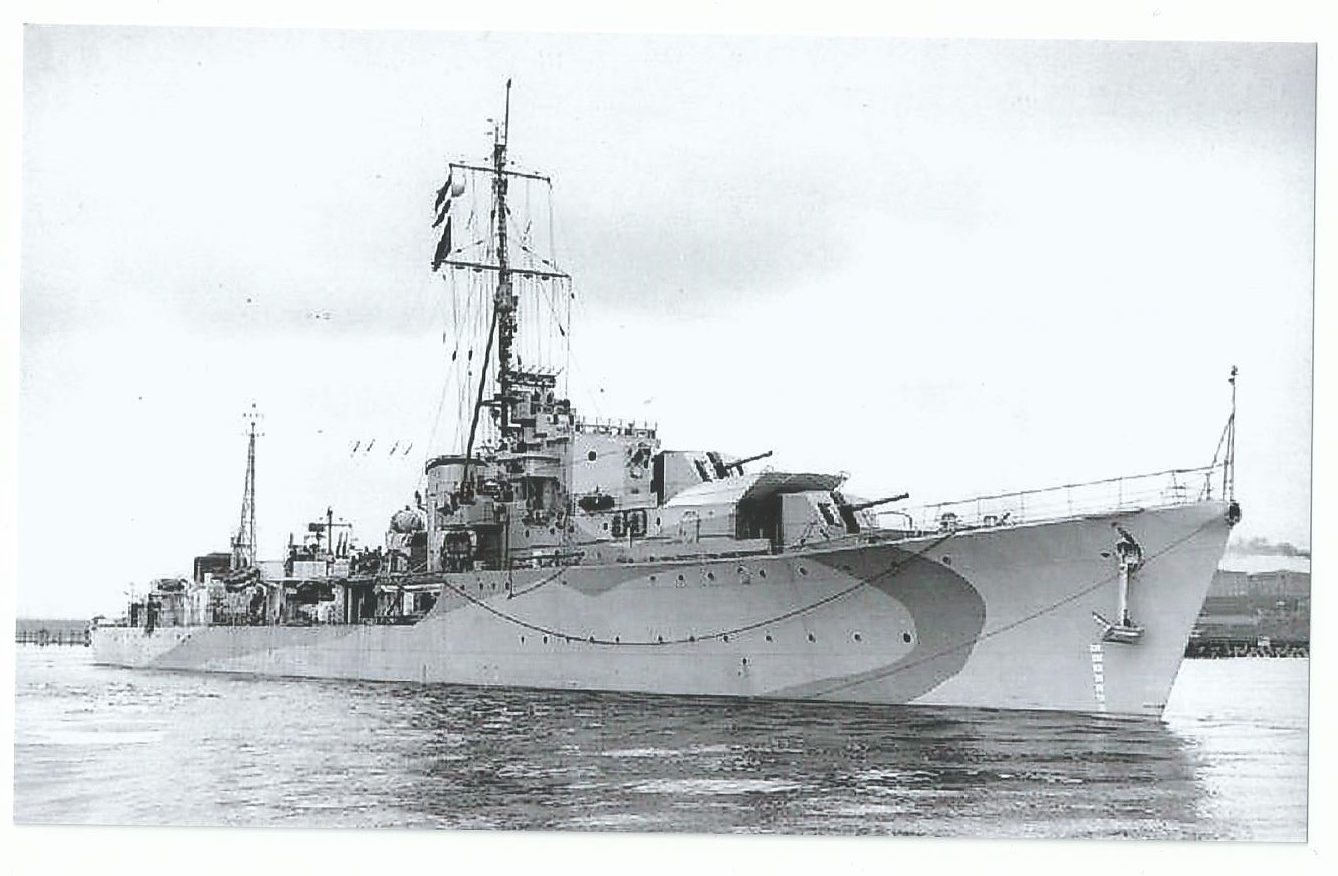
Convoys were a huge part of the war at sea, both for the RN and merchant seamen. They form the subject of Chapter Three, and discussion particularly highlights personal experiences of convoys in the Atlantic, Arctic and Mediterranean, including what it was like to be sunk by a U-boat. Amphibious warfare is the topic of Chapter Five. Again this was a major area of involvement for both the RN and Merchant Navy, especially as the war started to shift towards the offensive for the Allies. Operation Neptune, the naval component of D-Day, for example, depended on the RN, as of the 2,468 major landing vessels deployed on 6 June 1944, only 346 were American, plus 17 of the 23 cruisers covering the landings were from the RN. The organisation and resources for amphibious operations had to be built-up during the war, and depended heavily on HO personnel. Equally, merchant shipping was vital in providing support to amphibious landings.
Discipline and morale feature in Chapter 6. It contrasts conditions aboard different types of ships and in establishments ashore. Morale is a complex, nuanced issue, and the chapter considers numerous aspects to it, including the provision of welfare and entertainment; rations, food and drink; love, romance and sex; plus the experience of those that survived being sunk and POWs. Finally, Chapter Seven offers insight into the demobilisation process and the reflections of sailors and seafarers who survived the war. Many were proud to have served, even enjoying aspects of their service, but as the book explains the war at sea could nonetheless be bitter and brutal.
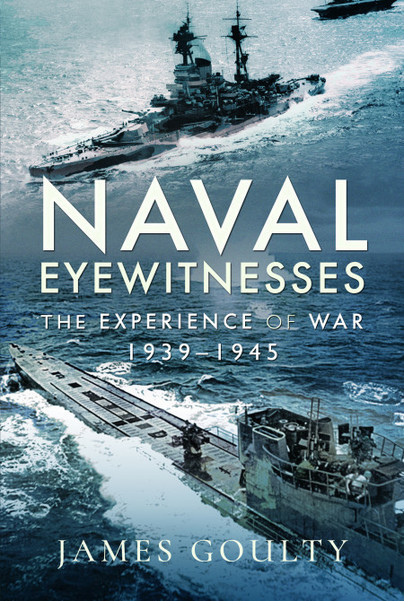
Naval Eyewitnesses is available to order here.
All photo credits: David Smith (ex-RN).

